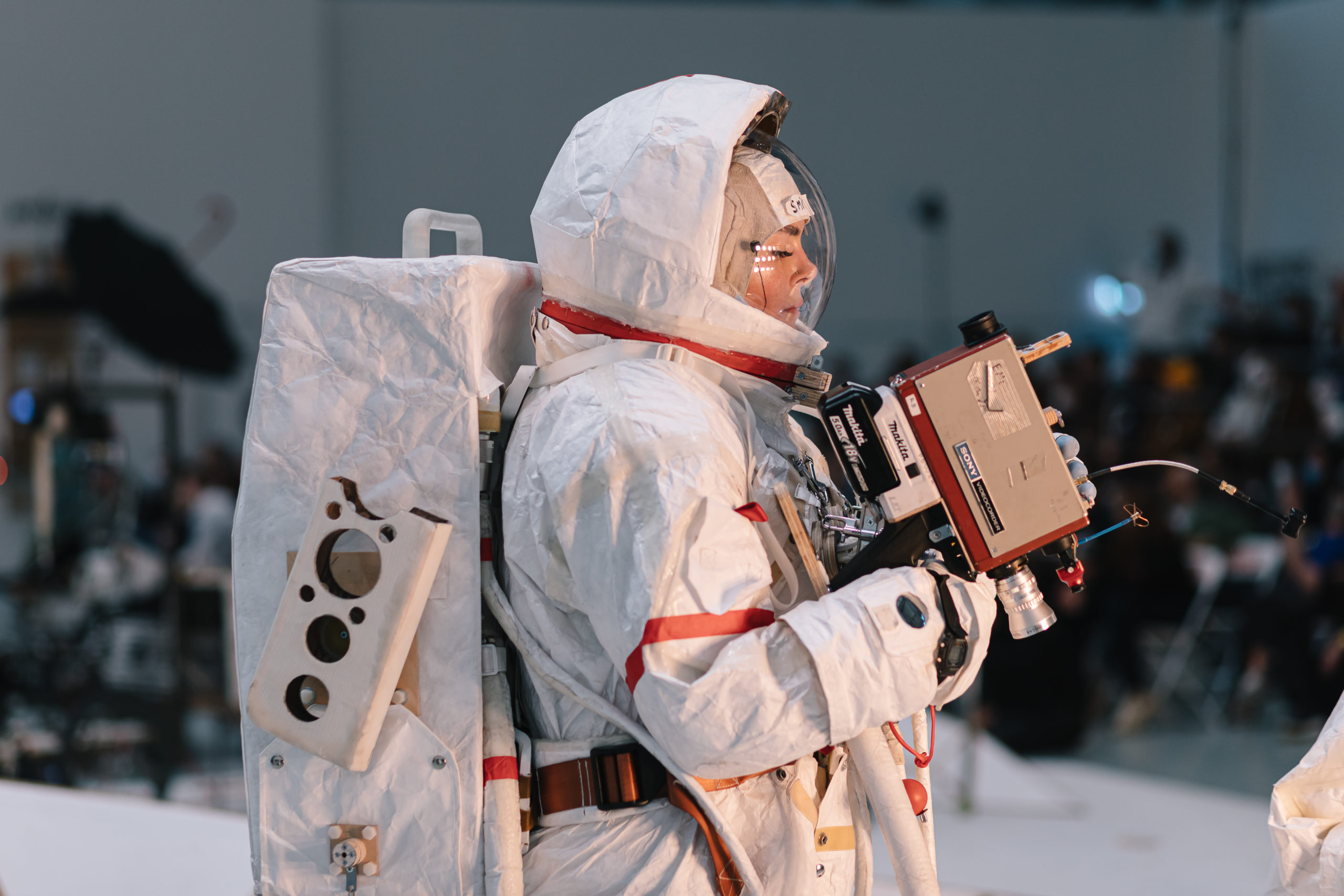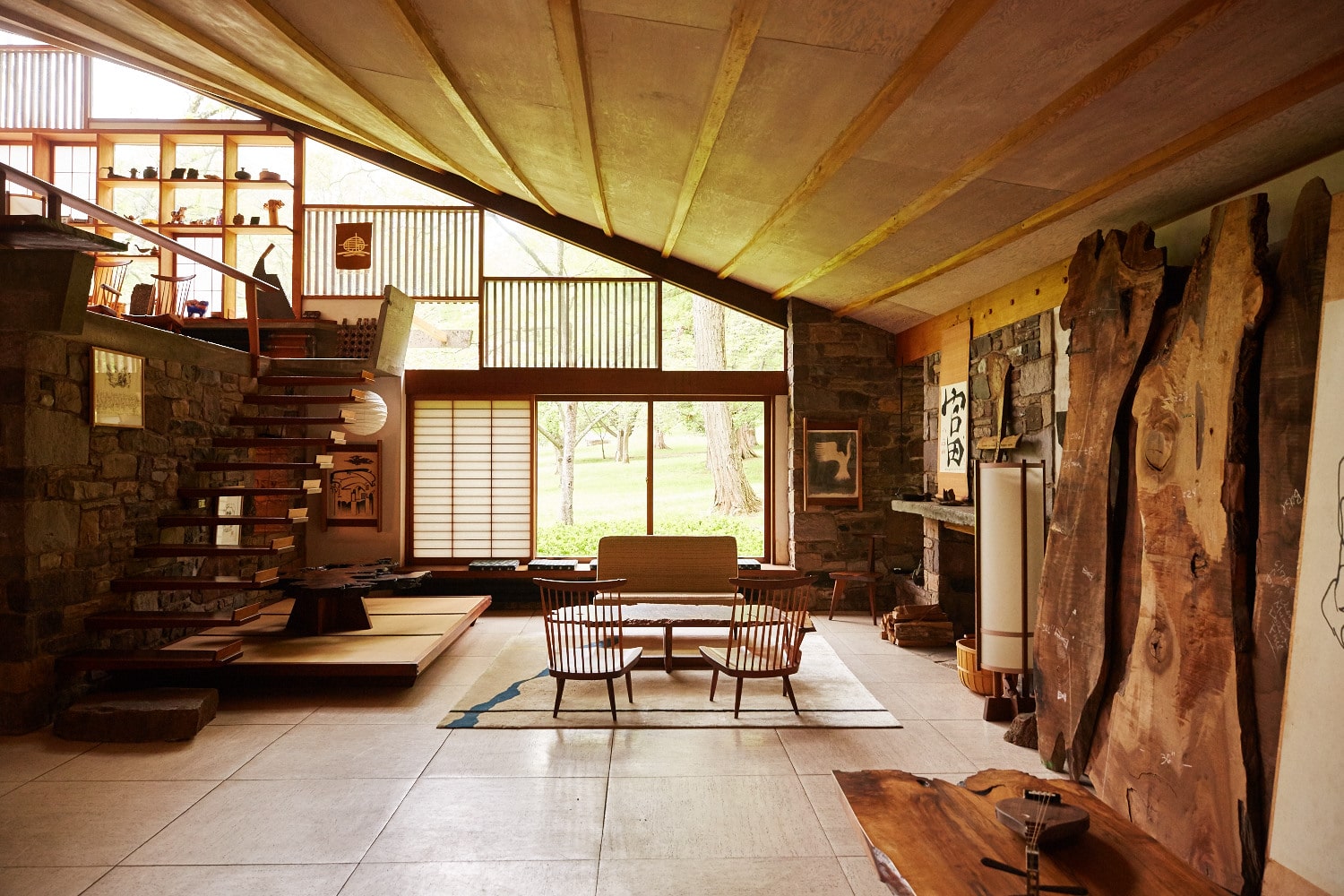In 2018, Lightbox Jewelry was founded under De Beers Group to bring innovative lab-grown diamonds to life. Looking at luxury differently, the company approached the market with new technology and heightened transparency. Aimed at manufacturing high-quality synthetic diamonds with the consumer’s interests in mind, the company started by offering pink, white, and blue diamonds at a set price per carat. Today, all earrings, necklaces, bracelets, and collections can be customized to preferred cuts, sparkling to the buyer’s desire.
Whitewall spoke with the jewelry maker’s CEO, Steve Coe, about how his hand in lab-grown diamonds led to the launch of Lightbox and what sustainable measures the brand is taking today.
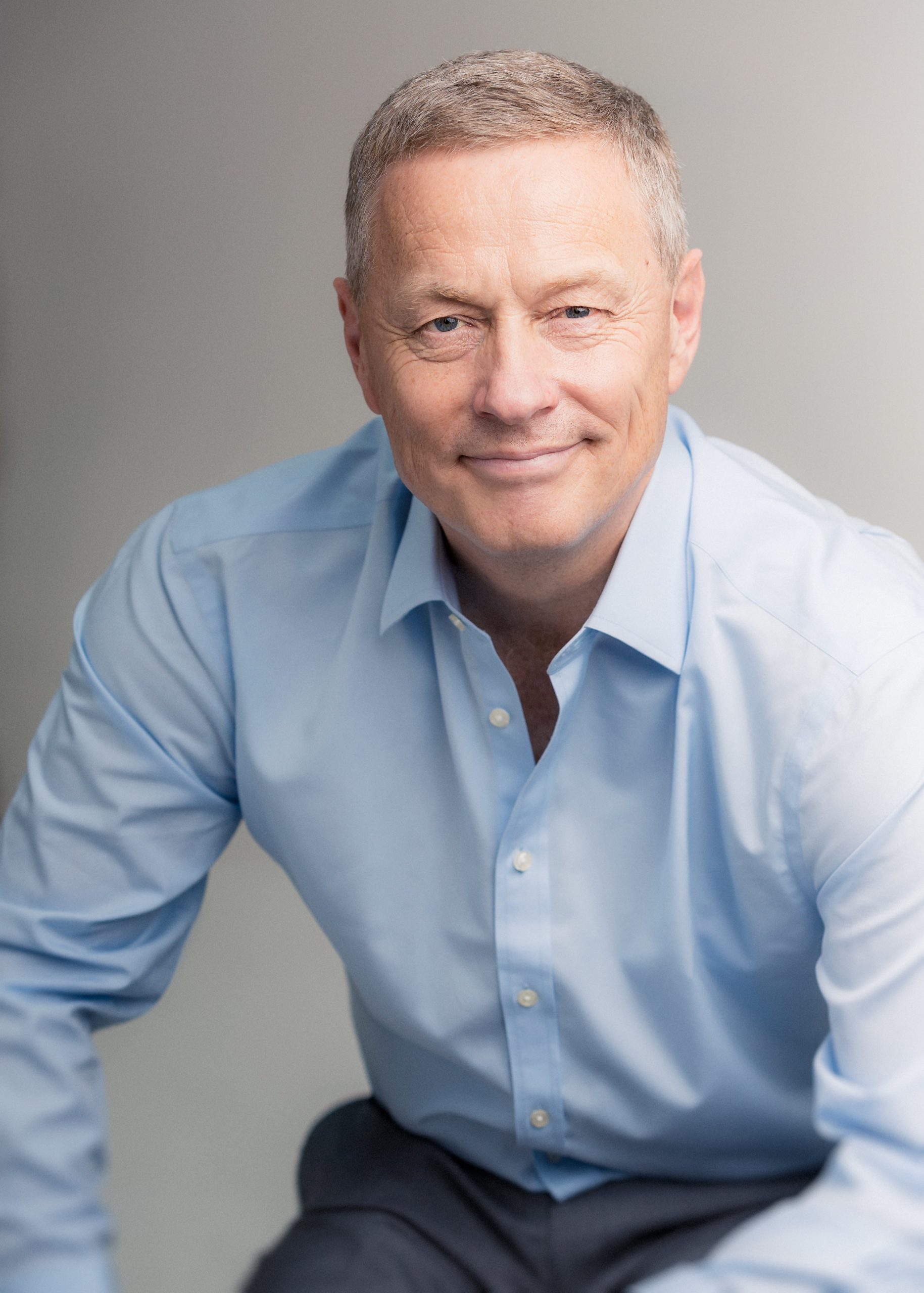
Portrait of Steve Coe courtesy of Lightbox.
WHITEWALL: Prior to helping launch Lightbox, you worked in various roles for another De Beers company, Element Six, and have over 20 years of experience in lab-grown diamonds. How did that role prepare you for Lightbox?
STEVE COE: We are very reliant on Element Six and their considerable expertise developed over many years on the manufacturing of lab-grown diamonds. Without Element Six, there would be no Lightbox.
We worked steadily to improve both the quality of the lab-grown diamonds and reduce the cost to manufacture them. By 2016, we reached the point that the quality was high enough and manufacturing cost low enough that we could consider using them for accessibly priced jewelry. We saw a significant growth opportunity for the wider De Beers Group.
WW: How is Lightbox approaching lab-grown diamonds differently?
SC: We see a huge opportunity for lab-grown diamonds in more accessibly priced fashion jewelry that is suitable for frequent gifting occasions. This contrasts with other lab-grown brands who have focused on bridal jewelry, specifically engagement rings. Our view is that this will be a more limited opportunity, as there is already a great incumbent product in this space in natural diamonds, which many consumers continue to prefer for milestone events, like bridal.
Lab-grown diamonds can be for every birthday—not just those with a zero at the end! This is where we see the exciting opportunity for lab-grown diamonds, where it can grow in an additive way for the jewelry industry, and take share from other luxury fashion products, such as footwear and handbags.
WW: The patented diamond synthesis technology used to make lab-grown diamonds is built on more than 50 years of innovation by Element Six. Can you elaborate on this?
SC: The technology which evolved out of this research and which we believe is most suited to manufacturing lab-grown diamonds is called Chemical Vapour Deposition (CVD). In the process, a large number of lab-grown diamond seed (small slivers cut from an existing lab-grown diamond) are placed at the bottom of a reaction chamber. A mixture of gases (including some, such as methane, which contain carbon and act as the feedstock for the diamond growth process) are then fed into this chamber and heated to high temperatures by a microwave power source. At these elevated temperatures the gases react together and break up to form both carbon atoms and carbon radicals that literally rain down on the seeds below. These carbon atoms bond to the seed and grown a bigger diamond a layer at a time. After a couple of weeks, you end up with an array of lab-grown diamonds, which can then be removed from the reaction chamber and cut and polished into gemstones.
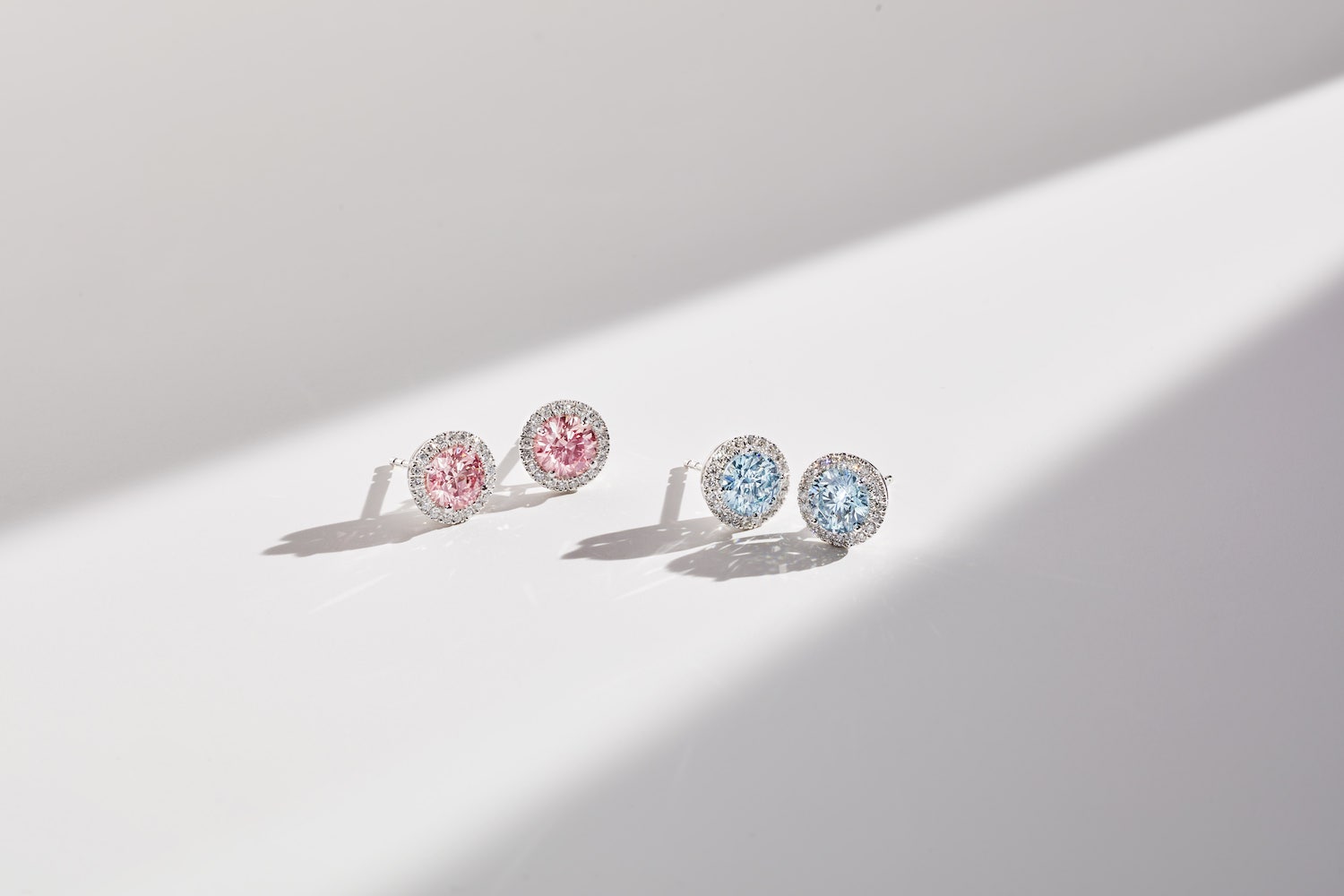
Courtesy of Lightbox.
WW: What is the Lightbox Lab like in Gresham, Oregon?
SC: It’s an incredibly impressive state-of-the-art manufacturing facility. The hub of the facility is the main synthesis lab, where there are literally rows and rows of individual CVD reactors all growing hundreds of lab-grown diamond at a time. Other than at the start of the growth process, when the seeds are loaded in, or at the end, when the finished lab-grown stones are removed, there isn’t much human involvement in the synthesis process, as the reactors themselves are all highly automated and computer controlled.
WW: Lightbox aims to lead with transparency in the way it designs, produces, and prices its pieces, as well as communicates its impact on the environment. What type of efforts is Lightbox currently making to ensure sustainable production?
SC: Achieving sustainable production is very important to us at Lightbox. The reality is that manufacturing lab-grown diamonds does consume energy, and this is something we are very keen to reduce the impact of from a sustainability point of view. One of the key reasons that we located our manufacturing facility to Gresham was its availability of renewable energy sources. We have committed to use electrical energy to grow all our lab-grown diamonds, that is at least 50 percent from renewable sources, by the end of the year, and increase this to 100 percent by the end of next year.
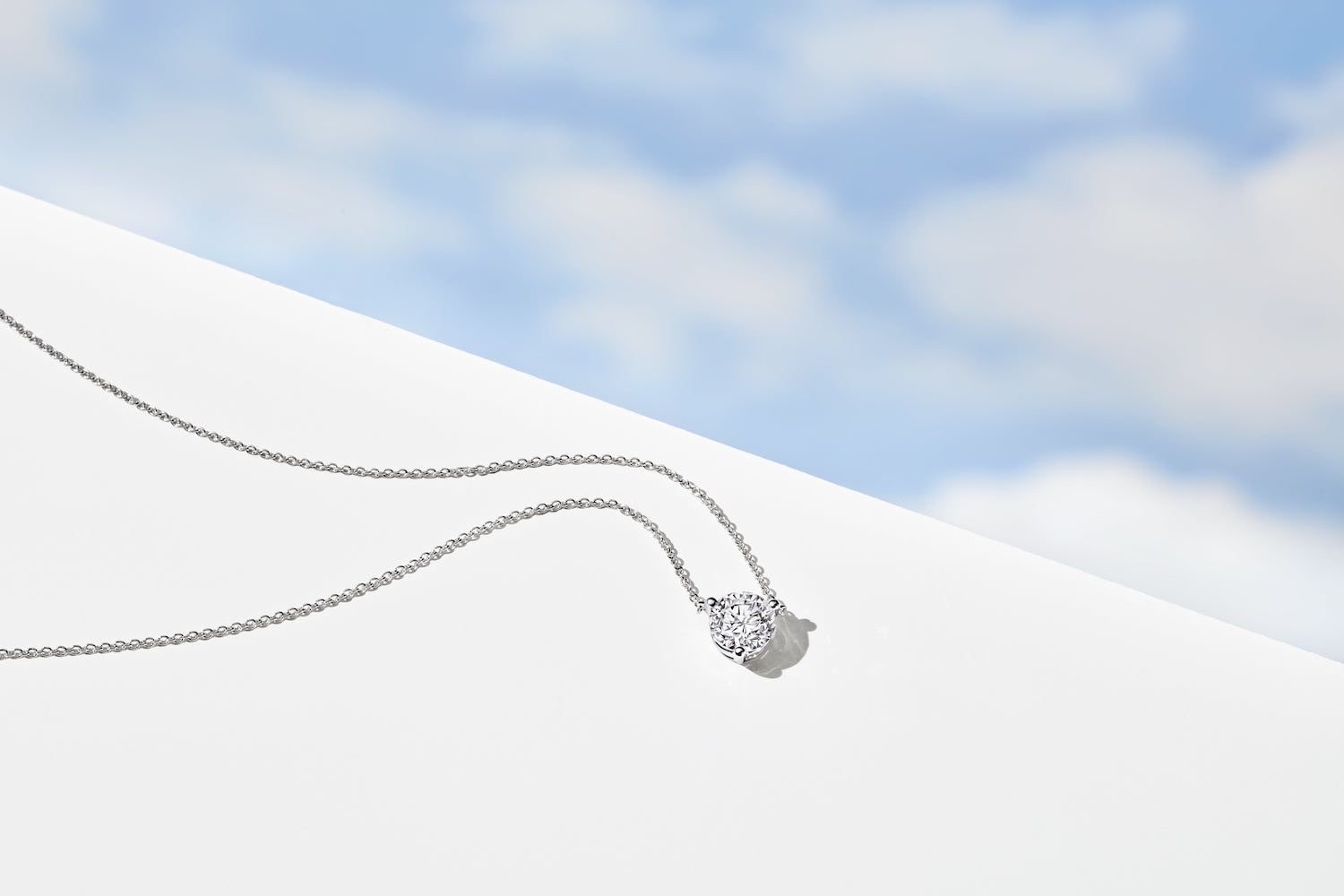
Courtesy of Lightbox.
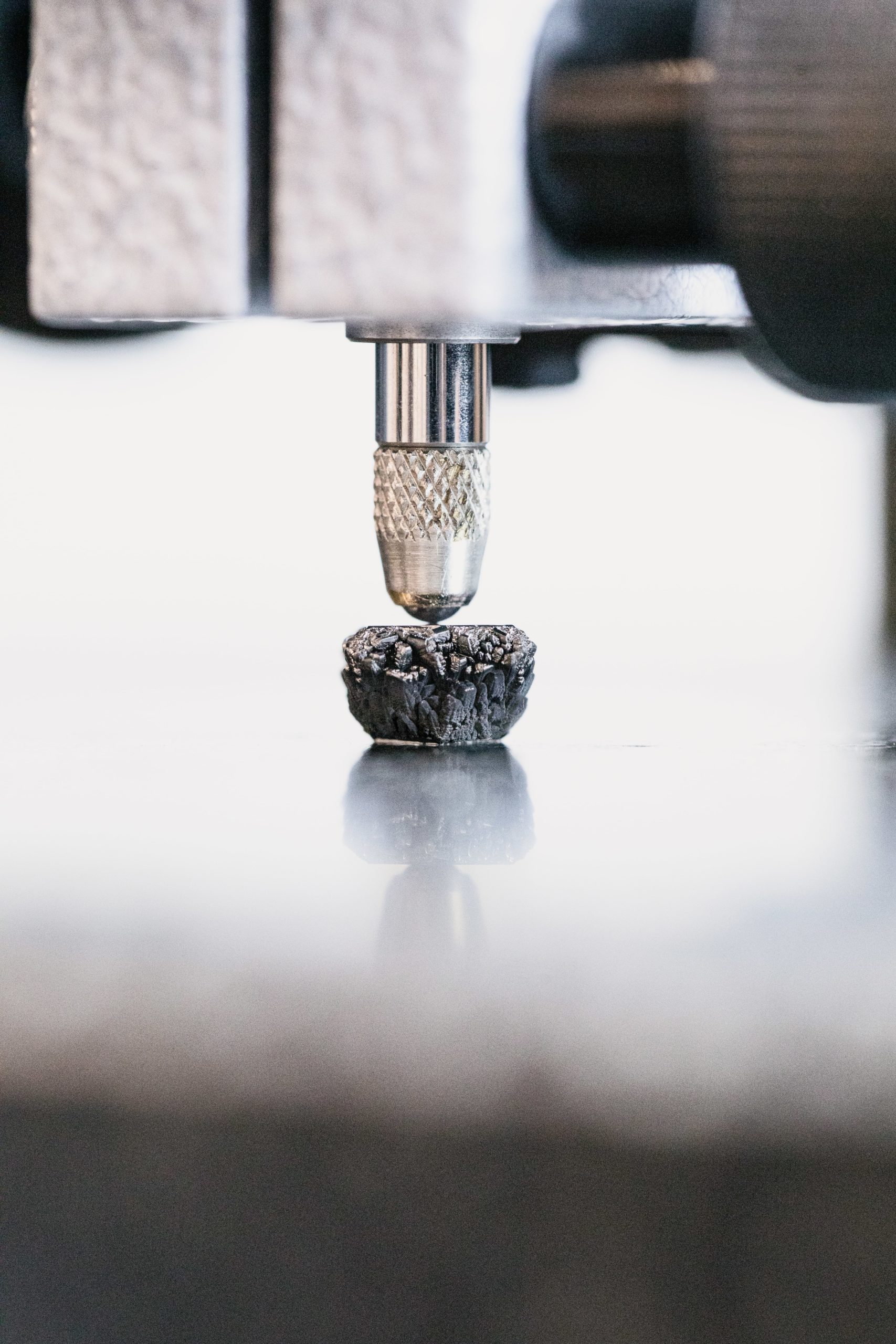
Courtesy of Lightbox.






